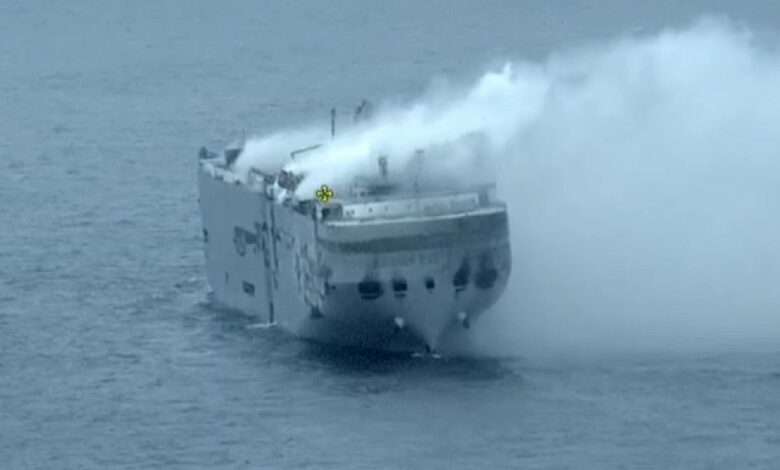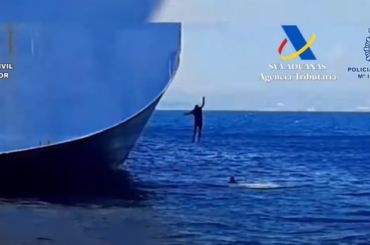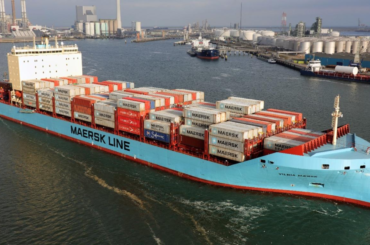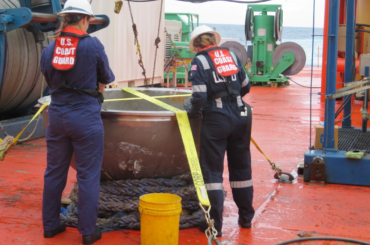The Fremantle Highway car carrier, which has been on fire since Tuesday night, was still too hot for a rescue team to get inside.
On July 25, around midnight, the Dutch coastguard reported that a big fire had started on the ship. One member of the group died, and the other 22 were saved by boat and helicopter. The injured crew members were taken to nearby hospitals by ambulance. They had trouble breathing, were burned, and had broken bones. There were no accidents that could kill.
Last night, the Dutch coastguard said that the fire was still going strong and there was still a lot of smoke. Even though the fire isn’t as bad as it was on Wednesday, it’s still too dangerous for a rescue team to go on board.
At some point on Thursday, the fires on the ship could no longer be seen. But the coastguard said it was too soon to say that the fire was out because it could start up again.
The ship is also no longer cooled all the time. This is because letting too much water into the ship could cause problems with its safety and structural integrity. On Wednesday, when the fire was worse, cooling was done all the time. Things are still the same.
The coastguard says that a rescue team on the emergency tug Guardian is keeping an eye on things on the ground, and an airplane is keeping an eye on things from the air. They are getting details for a plan to save the ship.
Today, a new effort will be made to get on the ship if the weather and the stability of the ship allow it. If the rescue team thinks the ship is stable enough, it will be pulled to a safe place.
At first, when the ship began to move, people tried to pull it in an easterly direction. Later, the wind shifted, and the car carrier began to drift west toward Terschelling in a “controlled manner” that doesn’t pose any new risks.
When it took over from the Hunter as the emergency link to the Fremantle Highway, the Fairplay 30 set up a towing connection that was much stronger than the one that had been there before. It now keeps the ship in the middle of the trade lanes so that ships can pass safely.
During the night, the barge kept the Fremantle Highway from moving. The direction of the current and the wind are constantly checked to find the best drift direction.
Even though the ship is drifting, it is still close to the Wadden Islands, which are a UNESCO World Heritage Site and part of the biggest system of tidal flats in the world.
Shoei Kisen, the owner of the ship, told Dutch media that there were 900 more cars on board than was first thought, taking the total number of cars to around 3,800. There are Mercedes Benz, BMW, and Mini cars among them.
Roll-on, roll-off ships like this one are made in the shape of a box, which has its pros and cons. Because the ship is open, seawater can get in quickly if something goes wrong. This could cause the ship to flip over or even sink. Both the smoke and the fire spread quickly.
Because of this, the Fremantle Highway is not the first ro-ro ship to get into an accident. Local news reports say that at least 41 of these ships have caught fire, tipped over, or sunk since 1953. There have been 41 crashes that have killed 6,556 people and five whole crews. This fire has now claimed the life of a fifth person.
When bad things happen on these ships, they also cause a lot of damage. In the case of the Felicity Ace, which sank off the Azores last year after a fire that lasted three weeks, the damage was believed to be around $400 million because it was carrying Bentleys, Lamborghinis, and 1100 Porsches.
Even though the coastguard says they don’t know what started the fire, there has been a lot of talk that an electric car is to blame again. Lithium-ion batteries, which are used in these kinds of cars, can hit temperatures of more than 2,700 degrees Celsius if they catch fire.
In a study from Allianz Global Corporate & Speciality, fire and explosion were listed as the number one cause of marine insurance losses by value from 2017 to 2021. This showed how dangerous it is to carry lithium-ion batteries on ships.
“The debate about electric vehicles (EVs) in the shipping industry is still going on, and people are talking about whether or not EVs need their own Ro-ro ships,” Allianz said.







